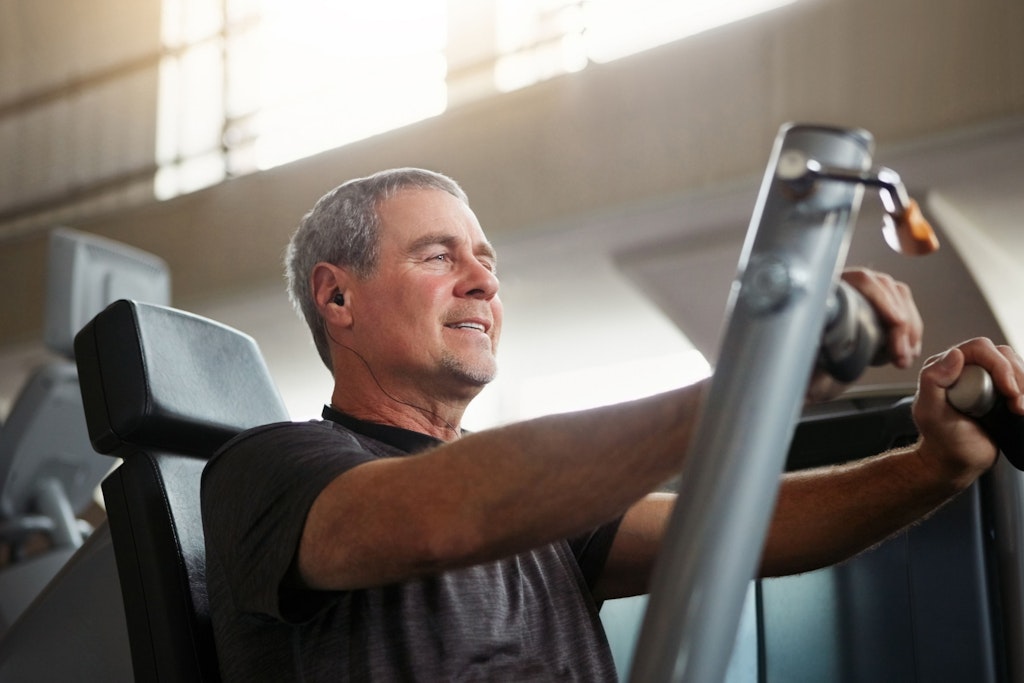Government-subsidised exercise classes could grow fitness engagement
Last updated on 3 September 2024

Government-subsidised exercise classes could be the solution to keeping more older Australians active and engaged with their fitness, according to new research from Monash University.
Key points
- Commissioned and run by the national exercise industry group, Exercise and Sports Science Australia (ESSA), a total of 7,000 participants over 65 living in the community were part of the national study
- The research found subsidised 12-week exercise classes of low-to-moderate intensity led to significant improvements in physical function and less time sitting
- Canstar Blue says the average gym membership costs $62 per month with adults in their 70s spending the highest amount to keep fit at $69 per month
- Meanwhile, the participants in this research paid an average of $8 per class for the likes of aerobics, pilates, gym workouts and balance
According to the World Health Organisation’s Global Action Plan, older adults worldwide are not physically active enough, with up to 60% failing to meet current global physical activity guidelines. WHO’s key recommendation is better access to exercise programs.
Past research that highlights the physical and cognitive benefits of exercise also called out the fact that a high percentage of people drop out of exercise classes because of everyday costs.
But as more older people choose to age at home, providing affordable and appropriate community-based exercise classes is an essential requirement for healthy ageing.
Dr Christina Ekegren, Senior Research Fellow, Rehab Ageing & Independent Living RAIL Res Centre, Monash University, said the research project was important for understanding the effectiveness and cost-effectiveness of subsidised classes for older adults, and which types of exercise older adults are most likely to enjoy.
“Despite some of the barriers that older adults face in engaging with exercise programs, there is still significant potential for improvements in strength, mobility and physical activity participation,” Dr Ekegren said.
“So far, few studies of this scale have been completed in Australia so this research will help cement what we know about the effectiveness and cost-effectiveness of exercise for older adults.”
The research method consisted of 12 one-hour, weekly, low-to-moderate-intensity exercise classes, delivered by accredited exercise scientists or physiologists. The classes were part of the ‘Exercise Right for Active Ageing’ program.
Health-related quality of life was measured before and after participation with cost-utility outcomes measured based on program costs and change in quality of life scores.
Overall, participants achieved small improvements in their health-related quality of life.
Physical improvements were measured by the accredited exercise physiologists running the classes. Improvements were shown in sit-to-stand exercises, timed up-and-go tests, right and left reach and waist measurement.
The cost per quality-adjusted life year (QALY) gained was $12,893, highlighting that funding subsidised exercise classes may be a low-cost strategy for improving health outcomes for metropolitan and regional Australians.
“We need to strengthen physical activity programs for older adults with scalable, affordable and effective programs that address the health concerns of our ageing population,” Dr Brendan Joss, ESSA President, said.
“Subsidised exercise classes delivered by an accredited professional that accommodate for physical limitations and reduce stigma is essential to get more older Australians moving.”
Funding subsidies, Dr Joss added, would be an “effective low-cost strategy for improving the health outcomes and quality of life for older Australians that governments can introduce now.”
Dr Ekegren said the program’s reach and impact in regional and rural Australia is a success, with high community interest showing there is an unmet need for affordable exercise classes in many areas.
“The sheer numbers of older people who signed up for this program show the need for subsidised classes. The classes ESSA provided were popular and valued and had a real impact on quality of life, especially in rural and regional areas,” she said.